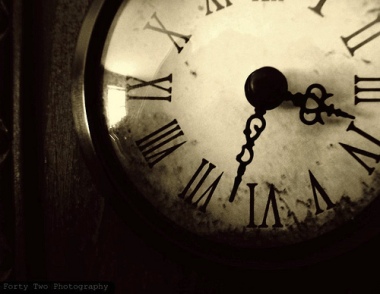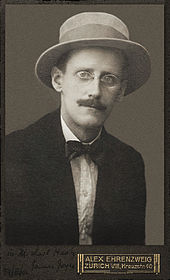
Tempus Fugit, by flickr user Forty Two
My ultimate #goreads are about travelling not so much geographically, as temporally. Time travel provides a reading paradox, because it breaks us from our normal understanding of time as a linear thing. This is not only refreshing, but also offers a particular imaginative insight into history.
While I like history, and read a lot of historical novels it is in time travel fiction that I often find the tiny minutiae of day to day life, the banal details of the daily and the ordinary – the kind of detail that you can’t always get from history books. Time travel novels are works of fiction, born of the imagination, but there’s something about that imaginative experience that draws me in. I read for the imaginative discovery of history. As the reader, I am also a time travel protagonist… a 21st century person taking in a whole new world.
I started my time travel obsession early, with Penelope Lively’s A Stitch in Time – a wonderful slightly paranormal children’s/YA novel about a girl who forms a curious, unexplainable bond with a girl who lived in her Victorian house 100 years earlier. This novel was inspired by Penelope Lively’s love of her childhood home… and she wrote a follow up non-fiction work a few years ago exploring the living history of houses over generations.
Penelope Lively has written other ‘timeslip’ novels, as have fellow UK writer Alison Uttley, and New Zealand YA author Sheryl Jordan. It seems a very popular way of exploring time travel and history for YA readers, possibly because the idea of a time slip… suddenly, accidentally finding yourself in another time… requires no explanation, allowing readers to get right to the heart of the narrative without too much exposition.
As an adult, though, I required more answers as my obsession with time travel grew. My time travel reading explored a vast array of different theories and temporal places – from chaos theory, to genetic temporal displacement disorder, from Christopher Columbus’s discovery of America, to a secret society of time traveling cyborgs addicted to chocolate (!!!), to a medieval princess trapped in the 23rd century (a science fictional retelling of Sleeping Beauty).
It’s a great genre to dip into if you like the comical (like Jasper Fforde’s much loved Thursday Next novels), if you like historical detail, or if you just like a little bit of a mind bend, or the unexpected. And it’s a great way to experience history from both a great height (the privileged moment in which you can observe a great moment in history, as it happens – but with the luxury of hindsight) and from the often benighted, murky depths of those who must live through history as it happens. The contrast between these two experiences is, I think, the thing that I love best.
So whether you like your fictional universes explained in convoluted detail, or are just happy to suddenly have a fresh 20th or 21st century perspective on the past, I suggest giving time travel a try.
Tomorrow I’ll share some of my favourite titles and authors.
Jenn








